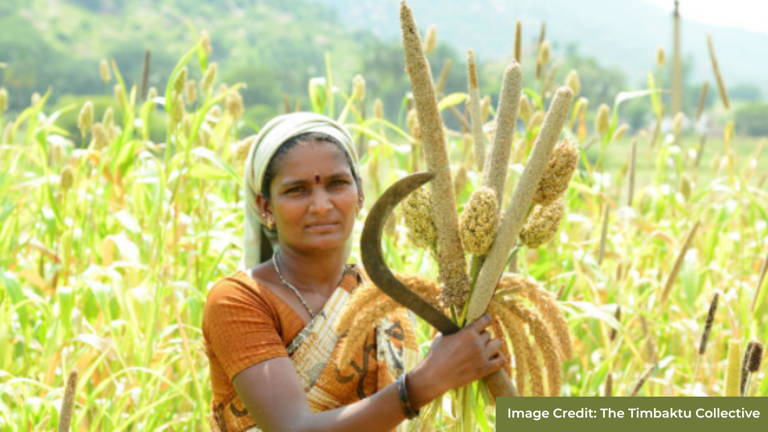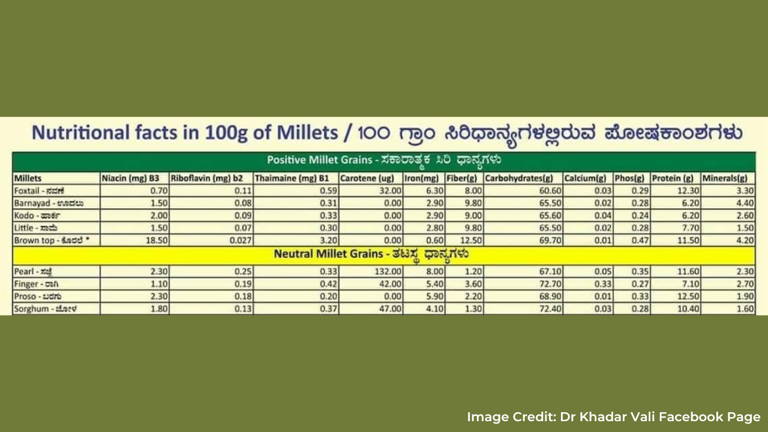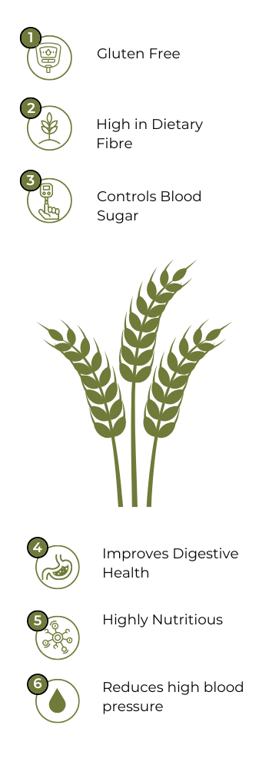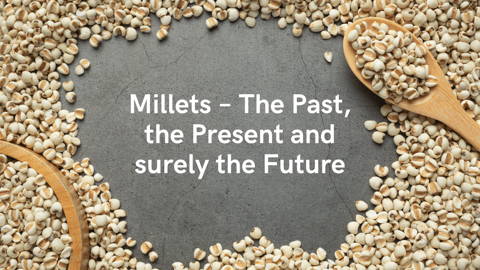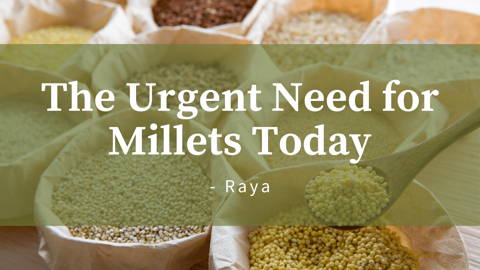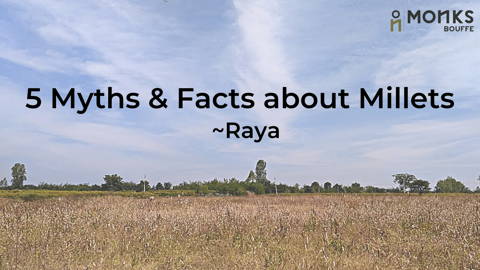As per Dr Khadar Vali, The Millet Man of India, since Millets take a longer time to digest, they do not cause sudden insulin spikes. This helps prevent chronic diseases like diabetes.
Millets are high in dietary fibre and they lower blood glucose levels and increase insulin response. The fibre also helps absorb nutrition and makes you feel full so you avoid eating in excess for the next few hours.
Millets are high in protein and contain many other nutrients like calcium, iron, zinc. They are also highly rich in vitamin B6, niacin and folic acid."


